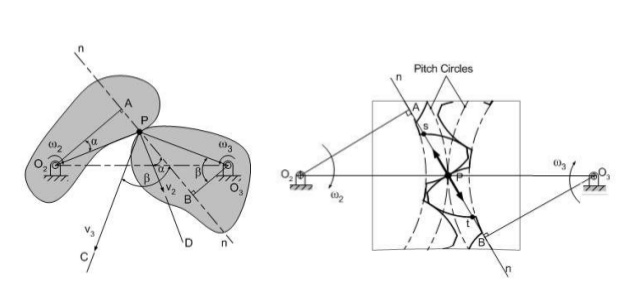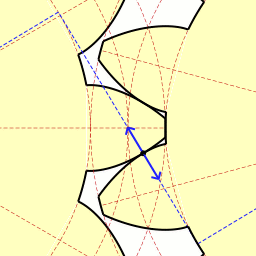Differentiate between machine and structure.
Sl. No
Machine
Structure
1
All parts / links have relative motion
No relative motion between the links
2
It transforms the available energy into some useful work
No energy transformations
3
The kinematic link of a machine may transmit both power and
The member of the structure transmit forces only


